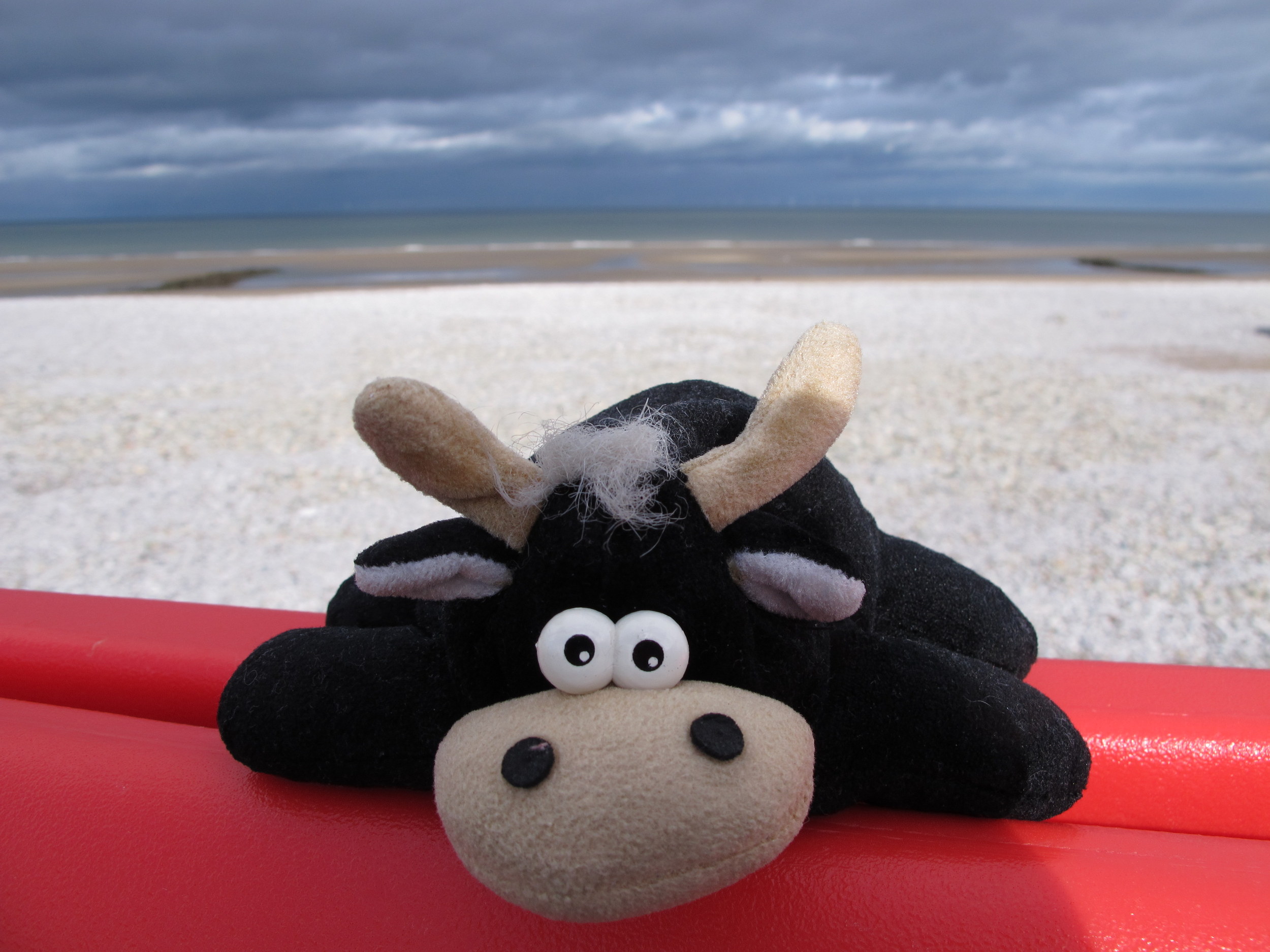Often we don’t explore the places we live in and can miss some real gems, sometimes because we think that “we can go there anytime” but then never do, or sometimes we just don’t even know about them. In London, we are spoiled with famous landmarks and historical buildings, and, consequently, some amazing sites that would make the top tourist spot in most smaller places can get completely ignored by most guide books.
I am writing this blog post during the Corona virus lockdown in London in May 2020 when we are urged to stay at home and only take exercise close to your home. So, what better time to revisit some of my all time local favourites. Most of them are, of course, closed to visitors during the lockdown, but you can enjoy the parks and paths around them. And hopefully visit soon, too! For now, stay safe, remember to socially distance and give way to others while on your walks!
1. Severndroog Castle

For years, I used to walk past this tower on my Sunday walks and wondered what it was. It turns out to be a folly built in 1784 by Lady Anne James to commemorate her husband Sir William James, who gained fame for fighting pirates on the island fortress Survarnadurg (which became Severndroog in English) off the coast of India in 1755. The tower fell into disrepair but thanks to active local residents and fundraising, it was renovated to its former glory and finally opened to the public in July 2014. It now offers information about its history and magnificent views over London. On a clear day you can see seven counties from the viewing platform! Not surprising that it has been used as a lookout point during both world wars. You can also get tea and cakes in the downstairs café. It is not open daily, so check the opening times before going.

Severndroog Castle in the winter of 2013 before the restoration

How to get there: The closest train stations, Eltham or Falconwood, are 30 min walk away. Red Lion Hill bus stop on Shooters Hill or Oxlea Meadow stop on Rochester Way offer several bus connections to get you closer. You pass the castle on section 5 of the Green Chain Walk.
2. Oxleas Wood and Café
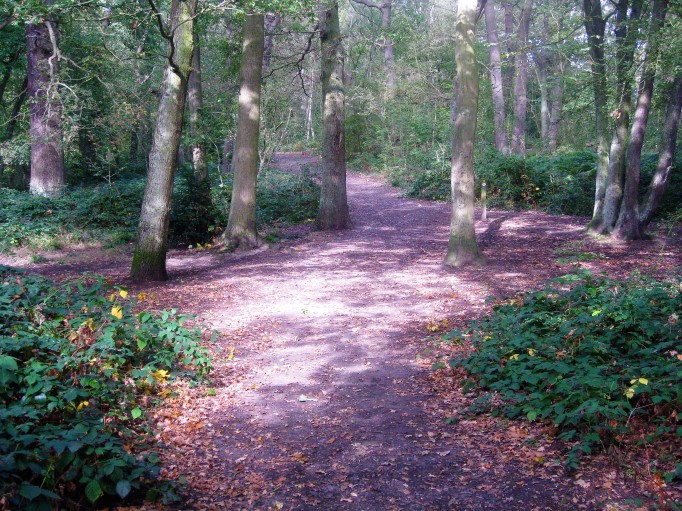
Beyond Greenwich, off Shooters Hill where the highway men used to prey on 18th century travellers, you will find Oxleas Wood, one of the few remaining ancient woodlands in London, dating back at least 8,000 years. Different paths and walking trails, including the Green Chain Walk, crisscross between oak, silver birch, hornbeam and coppice hazel. Stop in the Oxleas Wood Café for a drink, ice cream or lunch. You will also find the Severndroog Castle within the woods.
Pictures: Oxleas Wood Café and Oxleas meadow in the summer and in the winter. The snow doesn’t come often unfortunately!
How to get there: The closest train stations, Eltham or Falconwood, are 30 min walk away. Red Lion Hill bus stop on Shooters Hill or Oxlea Meadow stop on Rochester Way offer several bus connections to get you closer. Sections 3 to 6 of the Green Chain Walk go into the woods.
3. Eltham Palace

This Art Deco gem is my very favourite palace in the world! Henry VIII and other royals have played and frolicked in this medieval palace across centuries but then it was left to go to ruin until a wealthy couple, Stephen and Virginia Courtauld, bought it in the 1930s. They renovated and decorated it in the most fashionable styles of the era and it again became a place of play for the rich and famous. Its Art Deco interiors are beautifully restored and often used as film sets: think Hercule Poirot and other period dramas. Some medieval features, such as the banquet hall have been preserved. This English Heritage property has a wonderful garden, too. And, of course, a tea room and gift shop, too.
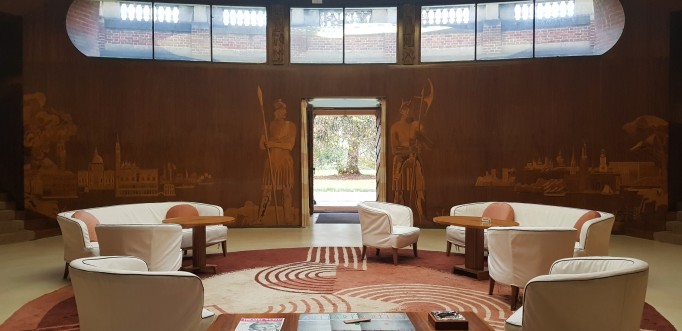
How to get there: About 15 min walk from Eltham or Mottingham stations.
4. Red House
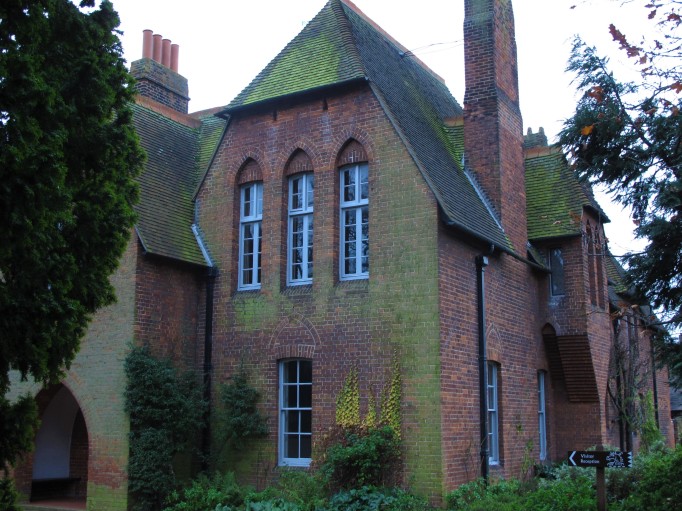
This gem is the previous home of the artist power couple William and Jane Morris, showing off their bold designs and furniture (unfortunately I didn’t have any interior photos, so will have to pay another visit when it opens again). William Morris is perhaps the best-known name of the 19th century Arts and Crafts movement in Britain. The movement took inspiration from the Middle Ages and wanted to revive hand-made craft.
Morris’s friend architect Philip Webb was commissioned to design the house as a family home and a place to meet and work with their circle of artist friends. The couple moved into the house in 1860, but in the end only stayed there for 5 years. At the time, it was in the middle of countryside and became impractical for their work in London.
It probably intrigued them that the medieval pilgrims’ route to Canterbury passed close to the house. Morris termed the passage which connects the main hallway to the house’s rear entrance, “The Pilgrim’s Rest”.

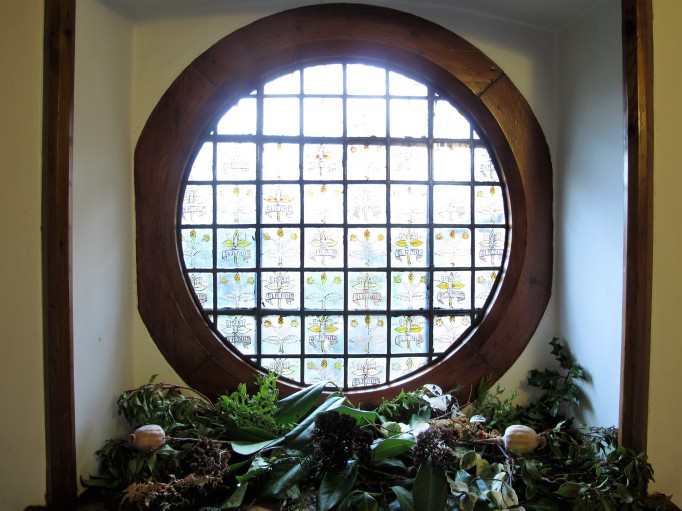
The National Trust became the owner of the house in 2003 and it is now open to visitors.
How to get there: 15 min walk from Bexleyheath station.
If you want to learn more about William Morris and the arts & crafts movement, you can also visit the old Morris family home in Walthamstow in north-east London: The William Morris Gallery
5. Hall Place and Gardens
You will find this 16th century mansion on the banks of the River Cray at Bexley. It was first built in 1537 for Sir John Champneys, a wealthy merchant and former Lord Mayor of London. Stones recycled from the nearby Lesnes Abbey monastery, discontinued by the good old Henry VIII as a part of his dissolution of monasteries, were used to build the house. After Sir John, the house saw inhabitants, such as Sir Robert Austen, another wealthy merchant and his distant relative Sir Francis Dashwood, a politician and Chancellor of the Exchequer, though perhaps more interestingly the founder of the infamous Hellfire Club (maybe something for another blog post later), and Lady Limerick. It has housed schools and, during WWII, the US Army Signal Corps, who were intercepting German messages there. Now the property is managed by the charity Bexley Heritage Trust and it is open for visitors. Attractions include extensive gardens and a café, changing exhibitions, a wedding venue, a butterfly jungle and a plant shop.
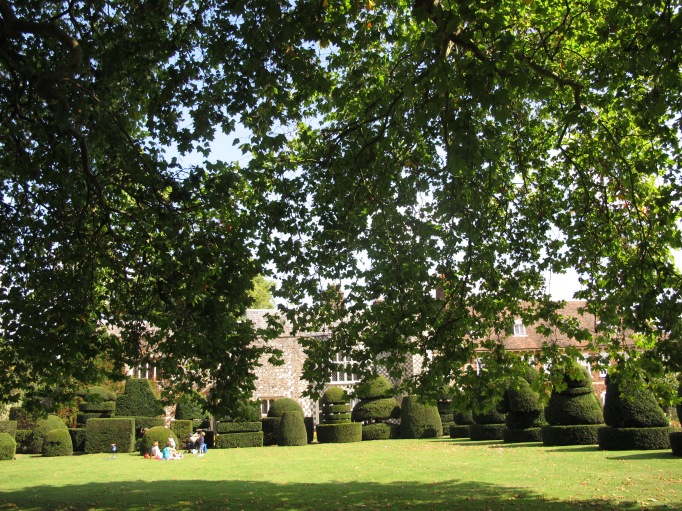
The unique Queen’s Beasts topiary planted in 1953 to commemorate the coronation of Queen Elizabeth II is one of the highlights, featuring such mythical animals as the griffin and the dragon.
How to get there: 20 min walk from Bexley and Crayford stations. Gravel Hill bus stop with several connections is a 5-min walk away.
6. Thames Barrier

What better way to explore London than on the river; take the Thames Clipper river boat from the Embankment or London Eye pier to Woolwich Arsenal, grab a glass of your favourite tipple from the bar, a window seat and just enjoy watching many of London’s most iconic sights pass by (well, it’s you that’s passing by, but you know what I mean): the Tower of London, the Tower Bridge, Cutty Sark, O2 Arena and eventually the colossal silver space oddity that is the Thames Barrier. This movable flood barrier, one of the largest of its kind, spanning 520 m (1,706 ft) across the river Thames, was built to stop many of the places you just passed from flooding during tidal surges. It has been in operation since 1982 and up to March 2020 has been closed 192 times. The 10 gates are tested once a month, with one full closure every year. You can find the closure dates here. It has an information centre and a café.
How to get there: 20 min walk from Charlton and Woolwich Dockyard stations. It is on section 3 of the Thames Path. Greenwich Trust bus stop with several connections is a 5-min walk away.
7. Lesnes Abbey ruins

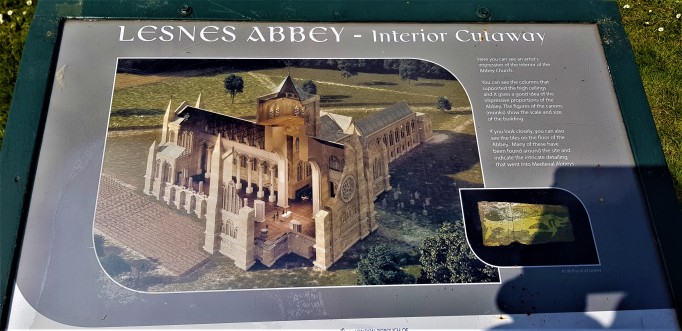
The abbey dates from 12th century and was home to Augustinian monks, “black canons”, named thus for their black cloaks. It was pulled down in the 16th century, during Henry VIII’s rule. Only ruins remain. There are information boards and a café and a beautiful garden, including an ancient mulberry tree. The story goes that it was one of the 10,000 trees planted by King James I (well, not personally I would imagine) in the 17th century, because he wanted to start his own silk industry in England. Unfortunately, they planted black mulberry trees instead of the white which is the one silk moth caterpillars eat. The surrounding Abbey Woods has nice paths and is famous for its bluebells.
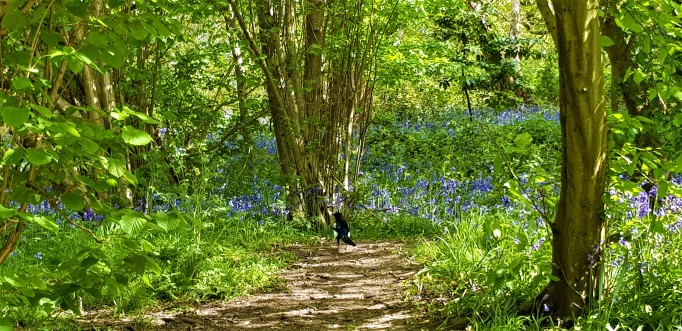
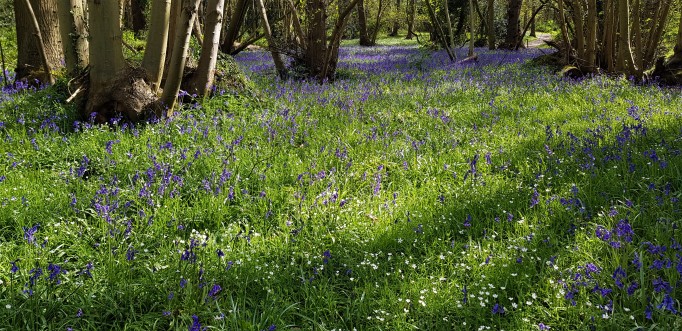
How to get there: 10 min walk from Abbey Wood station. It is on sections 1 and 2 of the Green Chain Walk.
Unless otherwise stated, all photos on this website are my own. All rights reserved, so please ask permission if you wish to use them.
